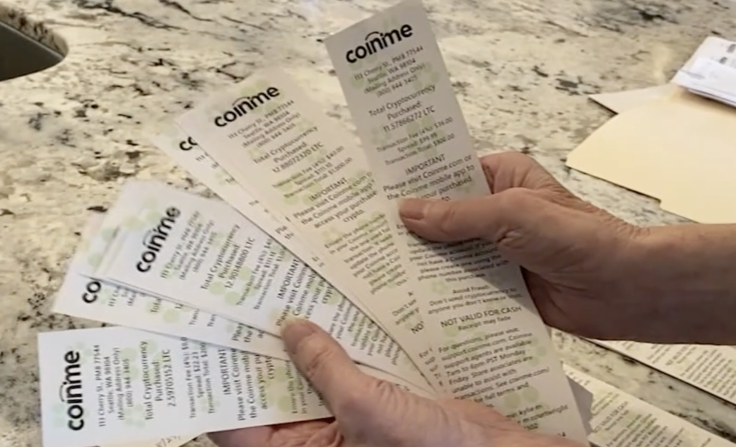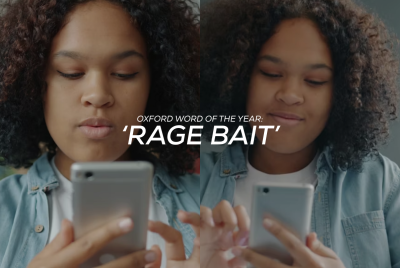AI Tools Fuel Rise in Fake Business Receipts as Companies Lose Millions

KEY POINTS
- AI-generated receipts now account for 14% of fraudulent documents detected by AppZen.
- New image models from OpenAI and Google make falsified receipts more realistic than ever.
- Experts warn the problem will expand as generative AI tools become more accessible.
Artificial intelligence is giving a high-tech twist to an old workplace scam: falsified expense receipts. Companies across the US and UK are reporting a surge in employees using AI image-generation tools to create fake documentation for reimbursements, forcing businesses to deploy advanced detection systems to keep up.
According to the Financial Times, the trend began earlier this year following the release of new AI image-generation models from OpenAI and Google. Expense management platforms have since reported a sharp increase in fabricated receipts that appear authentic enough to fool even trained auditors.
Software provider AppZen said AI-generated receipts now account for about 14 per cent of all fraudulent documents it detects, compared with virtually none a year ago.
Fintech company Ramp revealed that its system flagged more than $1 million in fake invoices in just 90 days, while a survey by Medius found that nearly 30 per cent of finance professionals in the US and UK have noticed a rise in falsified claims since OpenAI's GPT-4o was launched.
'These receipts have become so good, we tell our customers, "do not trust your eyes,"' said Chris Juneau, senior vice president and head of product marketing at SAP Concur, one of the world's largest expense software firms. The company now runs more than 80 million compliance checks each month using AI-driven systems.
A Growing Threat Fueled by Accessible AI
Platforms such as SAP Concur, AppZen and Rydoo have traced the latest wave of fraud to the release of OpenAI's GPT-4o, which can generate highly realistic images from text prompts.
Unlike traditional photo manipulation, which required technical skill and software, AI fakes can now be produced in seconds with simple instructions like 'create a restaurant receipt for £72 from a London bistro.'
The Financial Times reviewed examples of these fabricated receipts supplied by expense software firms and found that they included paper wrinkles, realistic lighting, detailed item lists and even forged signatures.
'This isn't a future threat; it's already happening,' said Sebastien Marchon, chief executive of Rydoo. 'While only a small percentage of non-compliant receipts are AI-generated right now, this is only going to grow.'
An OpenAI spokesperson said the company takes action when its tools are misused, noting that image outputs contain metadata identifying them as AI-generated. However, users can easily remove these identifiers by taking screenshots or re-photographing the images.
AI vs AI: The New Compliance Arms Race
To combat the fraud, expense management platforms are increasingly using AI to detect AI. These tools analyse receipts for metadata, duplication patterns and inconsistencies with the employee's travel or spending history.
'The tech can look at everything with high levels of detail and focus, things that human reviewers may miss after a period of time,' said Calvin Lee, senior director of product management at Ramp.
Still, detection is not foolproof. Once an employee removes metadata or alters a file, only cross-referencing contextual details such as flight times, hotel bookings or repeated server names can help flag suspicious activity.
CFOs on Alert
Corporate finance leaders are taking the issue seriously. A survey by SAP found that nearly 70 per cent of chief financial officers believe some employees are already using AI tools to falsify receipts, while 10 per cent said they are certain it has happened within their company.
Mason Wilder, research director at the Association of Certified Fraud Examiners, warned that the low technical barrier makes this type of fraud difficult to contain. 'There is zero barrier for entry for people to do this,' he said. 'You don't need any kind of technological skills or aptitude like you maybe would have needed five years ago using Photoshop.'
As generative AI continues to advance, experts predict forged receipts will become more sophisticated and harder to spot. The battle between fraudsters and corporate compliance teams may now hinge on whose algorithms evolve faster.
© Copyright IBTimes 2025. All rights reserved.





















